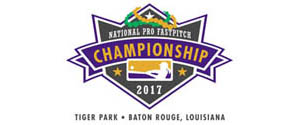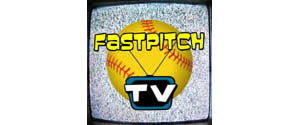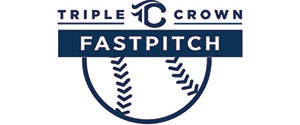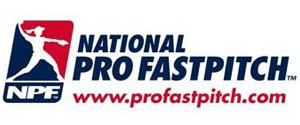Battle wrote:...or they could have just left it to the original intent of the rule. If the runner stops forward movement to the next base and the pitcher has the ball in her glove or throwing hand, the runner is out. Take away the fake throw crap. If the reasoning of establishing a rule is to stop the "cat and mouse" game, why in the world would you establish another rule to further it with the fake throw.
The fake throw is not the sole issue.
And what you are suggesting that once a BR becomes a R and stops, she gives up her ability to advance to 2B and if she wants to go to 2B, it must be non-stop. And why an out? What is it about FP people that always want to call somebody out for any little thing?

I can only assume the reasoning behind it is because, in the younger ages, you would have coaches teaching players to shuffle between bases daring the pitcher to throw. If she faked a throw and the runner stopped then the runner was out. If she actually released the ball, then game on. Someone didn't like that so they changed it when in fact, that is the way it should be IMO. Where am I wrong?
I'm all with you going back to where it was......when there was no such rule. When I played FP back in the 70's, when the play was over, the runners went to the base, the fielders went to the position and the pitcher went to the PP to throw the next pitch. No jerking each other around, and if it became an issue, the umpire would just kill the ball and we would move on to the next play.
Probably some win at all costs coaches figured there was nothing in the book, so they gave the rules makers a reason to make a rule to lock it down.





























